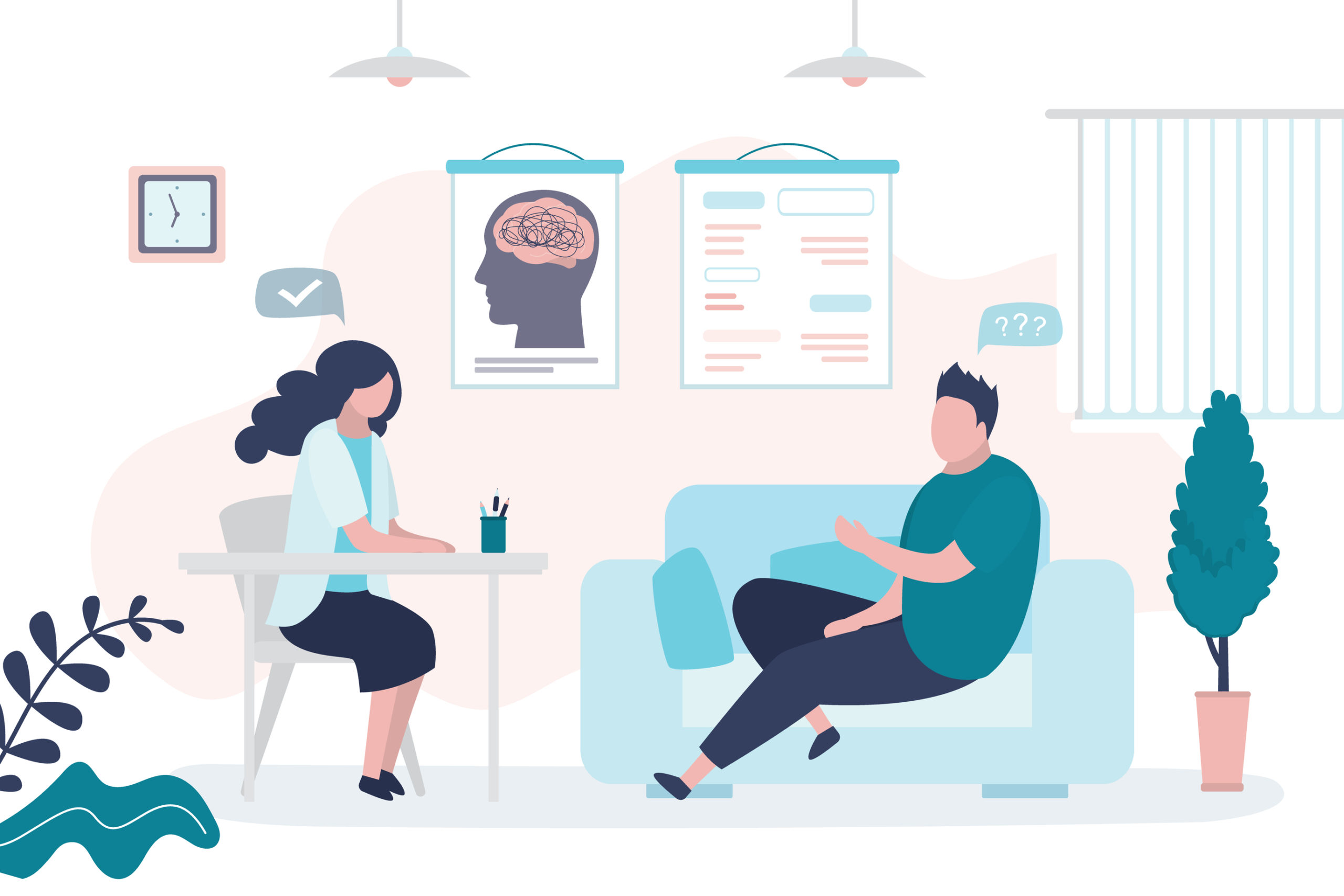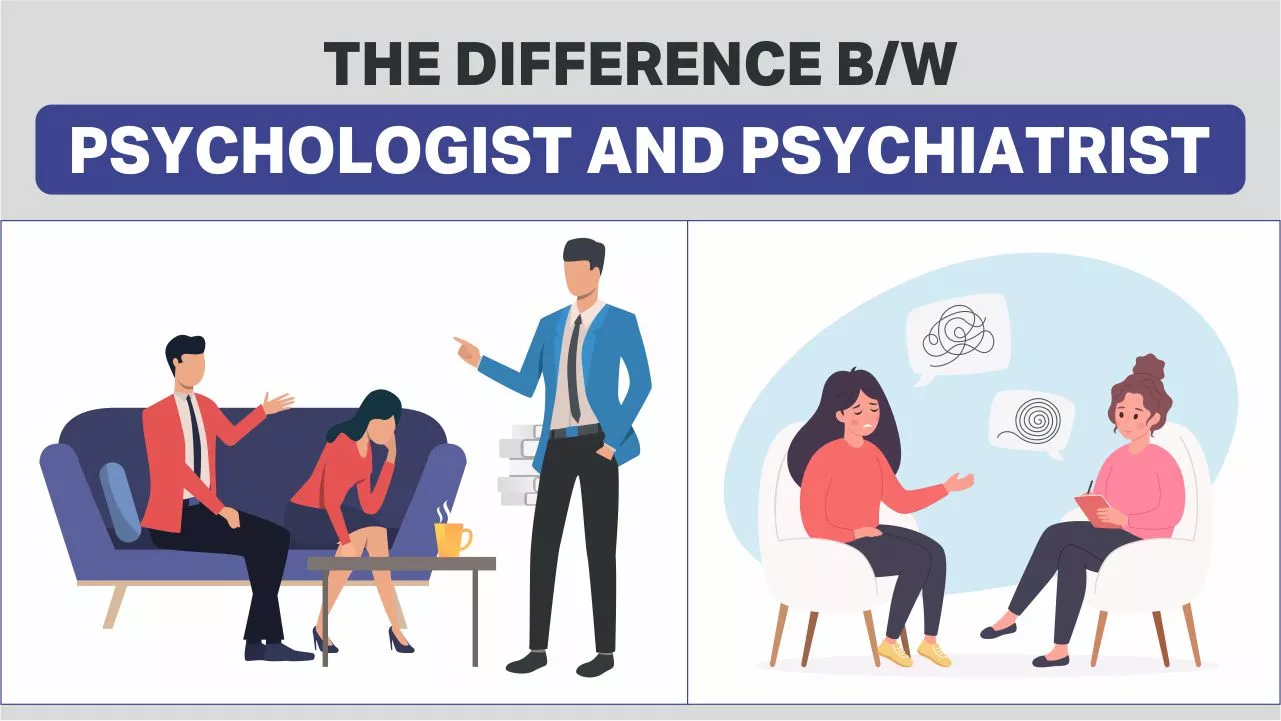Why the Best Psychologist in Delhi Can Transform Your Mental Wellness
Why the Best Psychologist in Delhi Can Transform Your Mental Wellness
Blog Article
Psych Therapy: A Comprehensive Overview to Methods and Outcomes

Cognitive-Behavioral Therapy
Cognitive-Behavioral Treatment (CBT) is an extensively made use of psychotherapeutic strategy that concentrates on identifying and modifying inefficient reasoning and behavior patterns. Created in the 1960s by Aaron T. Beck, CBT incorporates behavior and cognitive theories to address different mental wellness concerns, including depression, anxiety, and stress-related conditions.
CBT is characterized by its structured, goal-oriented nature. Treatment generally entails a collaborative process between the therapist and client, where certain issues are identified, and practical methods are developed to address them. Techniques such as cognitive restructuring, direct exposure therapy, and skill-building workouts are frequently utilized. Cognitive restructuring involves challenging and altering unfavorable idea patterns, while direct exposure therapy intends to lower worry and anxiousness with progressive direct exposure to feared things or circumstances.
Evidence-based research study sustains the effectiveness of CBT for a large range of emotional conditions - Best Psychologist in Delhi. Its emphasis on ability procurement and self-help methods empowers customers to proceed development separately after treatment ends. The flexibility and efficiency of CBT have actually made it a cornerstone in modern psychotherapeutic technique
Psychodynamic Methods
Rooted in the early concepts of Sigmund Freud, psychodynamic techniques concentrate on checking out the subconscious mind and its influence on habits and emotions. These techniques aim to uncover covert ideas and sensations that may be driving maladaptive behaviors and psychological distress. Central to this approach is the concept of inner conflict, frequently originating from unsettled past experiences, especially those from childhood.
Therapists utilizing psychodynamic methods employ numerous key approaches, including complimentary association, where patients are motivated to talk openly to disclose subconscious product, and desire analysis, which analyzes the unexposed content of desires. In addition, the exploration of transfer and countertransference dynamics within the healing partnership is crucial. These communications can supply insights right into the patient's interior globe and relational patterns.
Psychodynamic therapy is usually longer-term contrasted to various other methods, offering a extensive and deep understanding of the person's subconscious. Research indicates that it can be particularly efficient for intricate psychological health problems, such as individuality problems and persistent clinical depression. By cultivating self-awareness and emotional understanding, psychodynamic treatment seeks to bring unconscious product to consciousness, enabling individuals to accomplish long lasting and meaningful change in their lives.
Humanistic Techniques
Building on the structures laid by psychodynamic strategies, humanistic strategies supply a distinct perspective focused on private prospective and self-actualization. Coming from the mid-20th century, these methods focus on the intrinsic benefits and development possibility of people, stressing a holistic sight of human experience. Key numbers such as Carl Rogers and Abraham Maslow have actually considerably influenced this healing approach, which incorporates techniques like client-centered treatment and Gestalt therapy.
Client-centered treatment, established by Rogers, plays a critical role in humanistic methods. It depends on the therapist offering a setting of genuine favorable regard, compassion, and congruence. This fosters a risk-free area for clients to explore their sensations and experiences without judgment, promoting self-discovery and personal development. The specialist's role is even more of a facilitator than an authority, motivating customers to harness their internal resources for healing.
Gestalt treatment, one more essential humanistic strategy, stresses present moment recognition and the combination of mind and body. By concentrating on the "present moment," customers acquire higher insight into their existing emotions and behaviors. Techniques such as role-playing and guided visualization are typically employed to help customers get a much deeper understanding of themselves, ultimately causing enhanced self-awareness and gratification.
Integrative Treatments
Integrative treatments stand for a synthesis of various therapeutic methods customized to meet the special demands of each customer. This approach acknowledges the intricacy of human psychology and the multifaceted nature of psychological health problems. By incorporating components from various institutions of psychiatric therapy-- such as cognitive-behavioral treatment (CBT), psychodynamic treatment, and humanistic methods-- integrative therapies provide an even more holistic and versatile treatment standard.
Experts of integrative treatment examine each client's certain requirements, signs and symptoms, and individual background to devise a personalized treatment plan. This personalized strategy enhances the possibility for therapeutic success by attending to the origin creates of emotional distress and advertising general well-being. Techniques may consist of mindfulness workouts, cognitive restructuring, and psychological processing, each picked to target various elements of the client's issues.
Additionally, integrative treatments highlight weblink the restorative connection, seeing the client-therapist bond as an important element of efficient therapy. This relationship fosters an encouraging setting where clients feel risk-free to check check this out and address their concerns. The flexibility of integrative treatments makes them appropriate for a wide series of problems, consisting of stress and anxiety, depression, trauma, and social problems, therefore boosting their applicability and efficiency in varied clinical settings.
:max_bytes(150000):strip_icc()/81860243-56a793575f9b58b7d0ebd6a7.jpg)
Measuring Treatment Results
Examining the performance of psychotherapy is vital for both clinicians and clients to ensure that the treatment is generating the wanted end results. To attain this, different approaches and tools are used to gauge therapy results methodically. Standardized assessment tools, such as the Beck Anxiety Inventory (BDI) and the Generalized Anxiousness Disorder 7 (GAD-7), give measurable data on sign severity and modifications over time.
Along with standard tools, qualitative techniques like client self-reports and professional meetings supply useful understandings right into the individual experiences and regarded development of clients. Routinely scheduled analyses, normally at the start, navel, and end of treatment, assistance in tracking the trajectory of renovation or recognizing locations needing change.
Result measurement is not restricted to sign decrease; it additionally encompasses functional enhancements in daily life, such as better interpersonal connections, raised work efficiency, and boosted total well-being. Modern improvements in electronic health and wellness have introduced mobile applications and on the internet systems that assist in real-time monitoring and feedback, even more fine-tuning the analysis procedure.
Eventually, a comprehensive strategy to gauging therapy end results makes sure that restorative treatments work, efficient, and tailored to fulfill the private needs of clients, therefore enhancing the overall therapeutic experience.
Verdict
Humanistic strategies focus on individual growth and self-actualization, while integrative therapies incorporate numerous techniques for tailored treatment strategies. Reviewing treatment end results via qualitative approaches and standardized assessments makes certain a thorough understanding of performance, ultimately guiding customers toward enduring psychological health enhancements.
From the organized method of Cognitive-Behavioral Therapy (CBT) to the deep exploration of the unconscious in psychodynamic therapy, each technique brings one-of-a-kind advantages. Its emphasis on skill procurement and self-help methods empowers clients to continue development separately after treatment ends (Best Psychologist in Delhi). Key numbers such as Carl Rogers and Abraham Maslow have considerably affected this healing technique, which includes methods like client-centered treatment and Gestalt treatment

Report this page